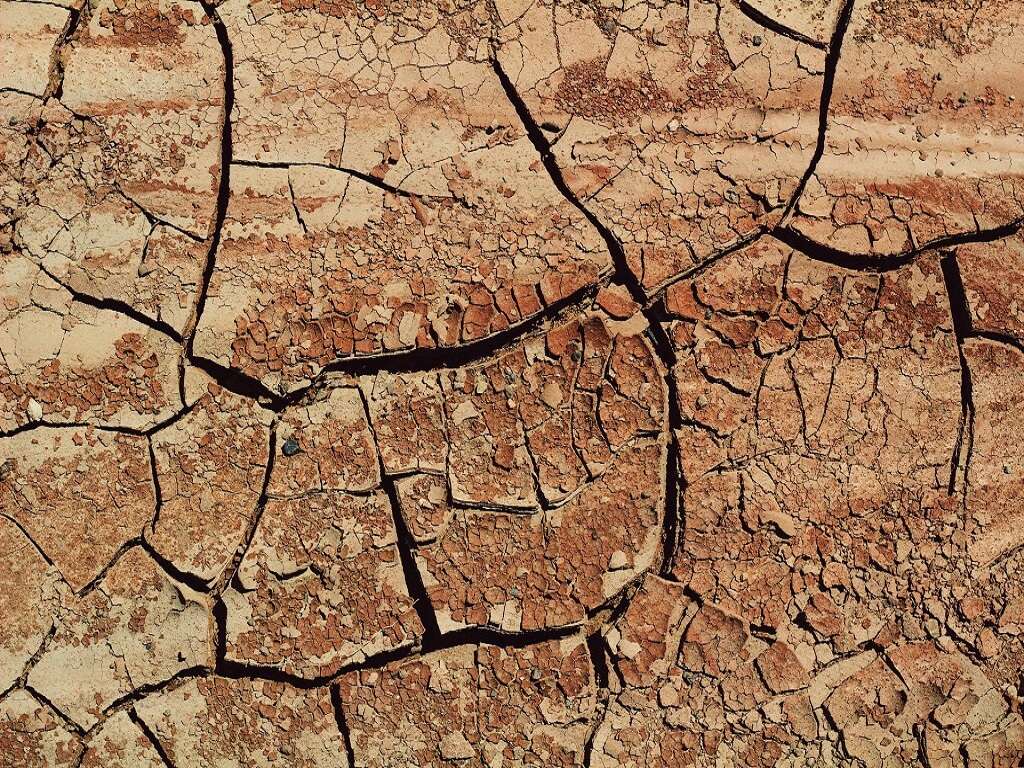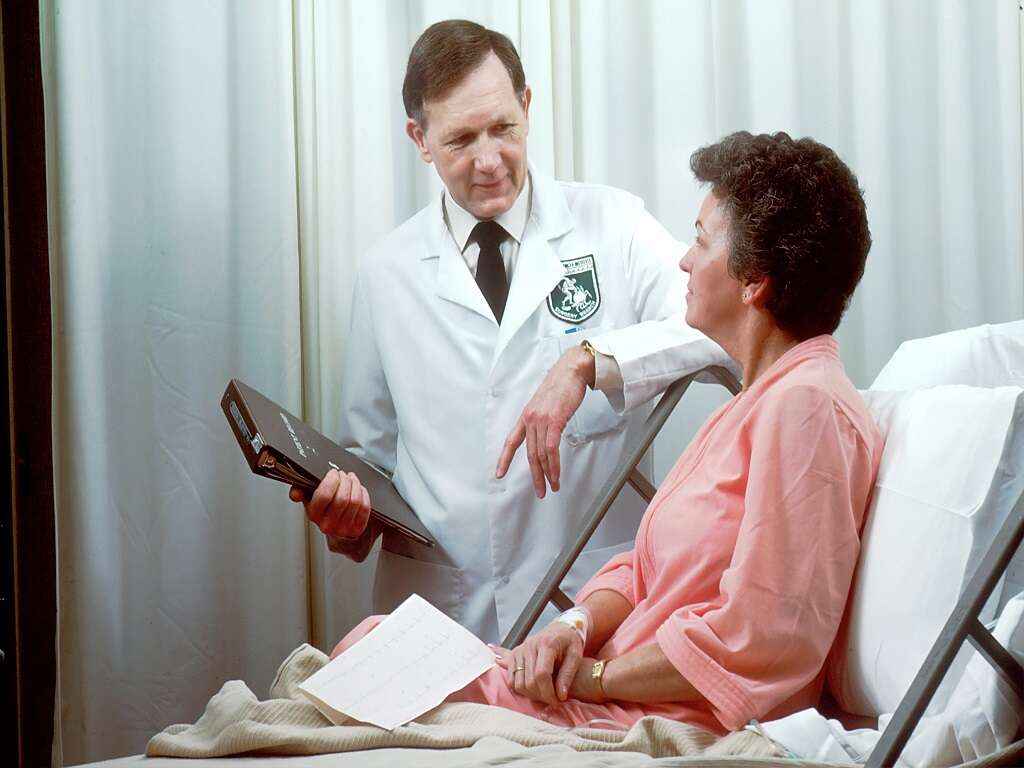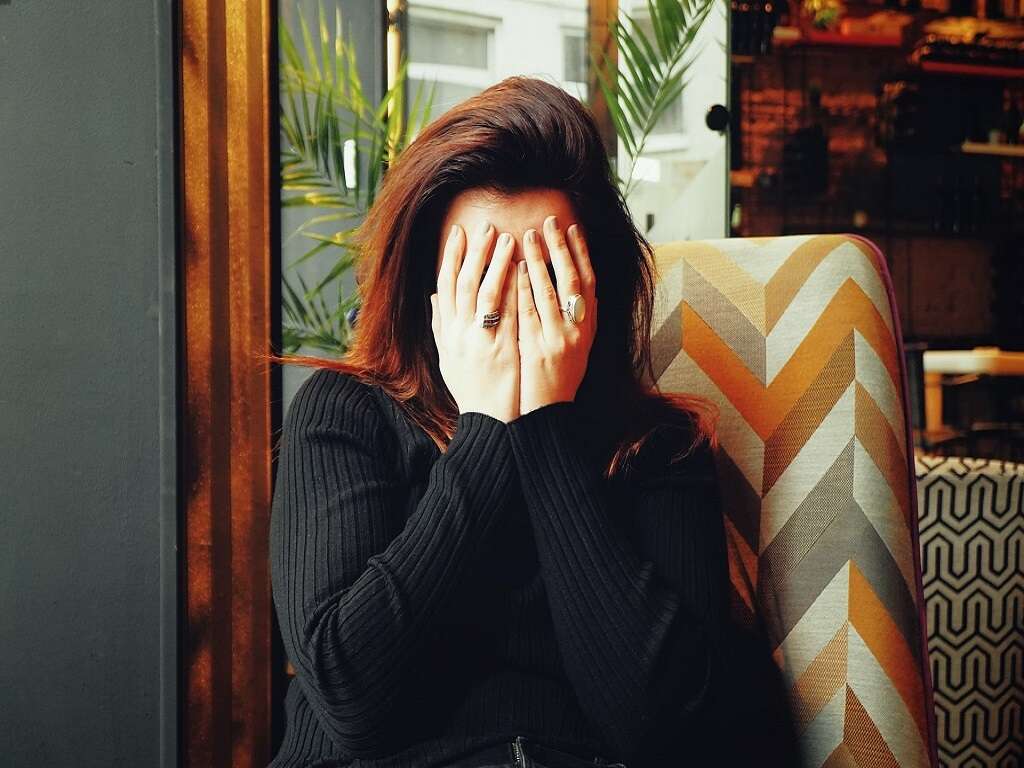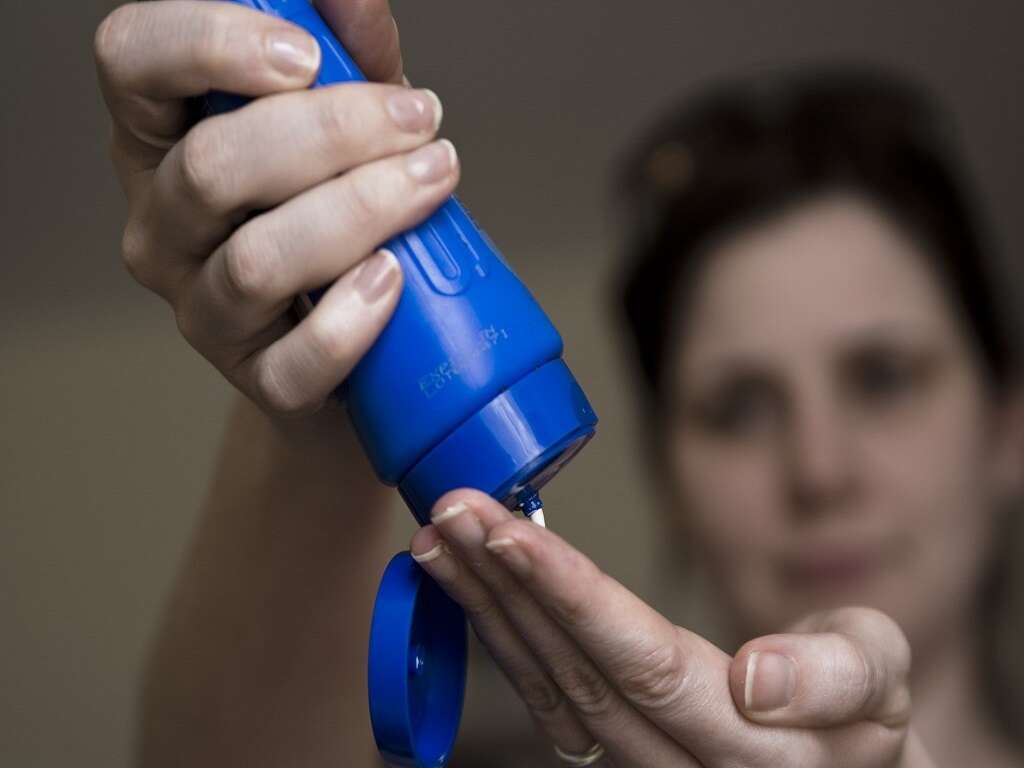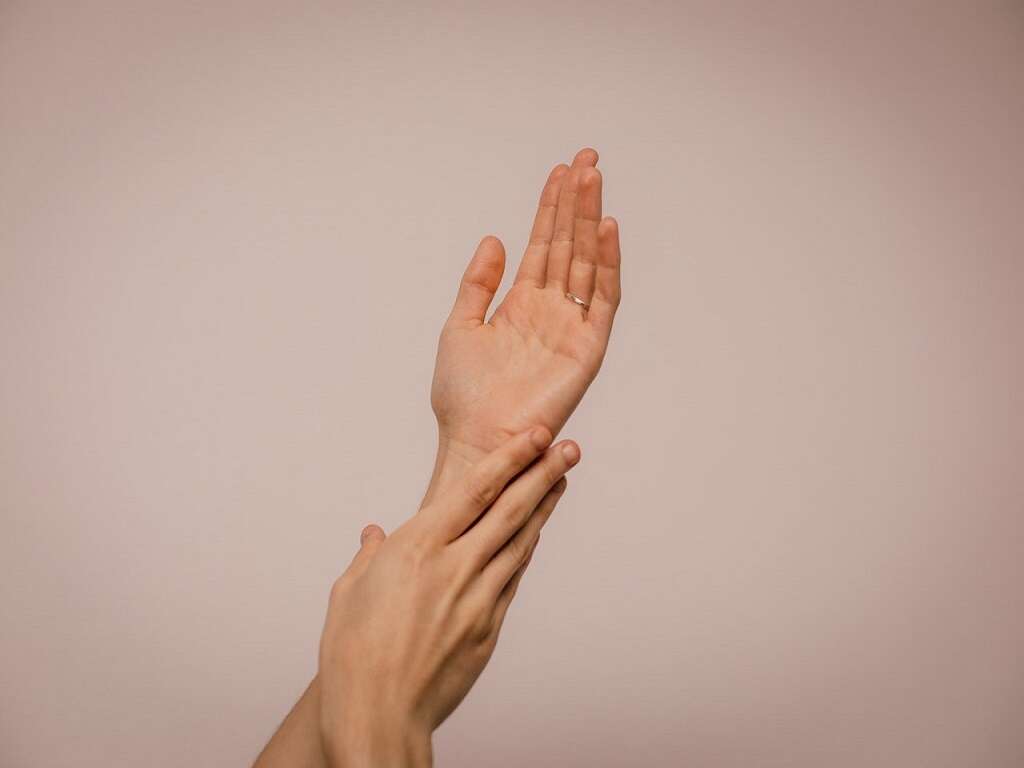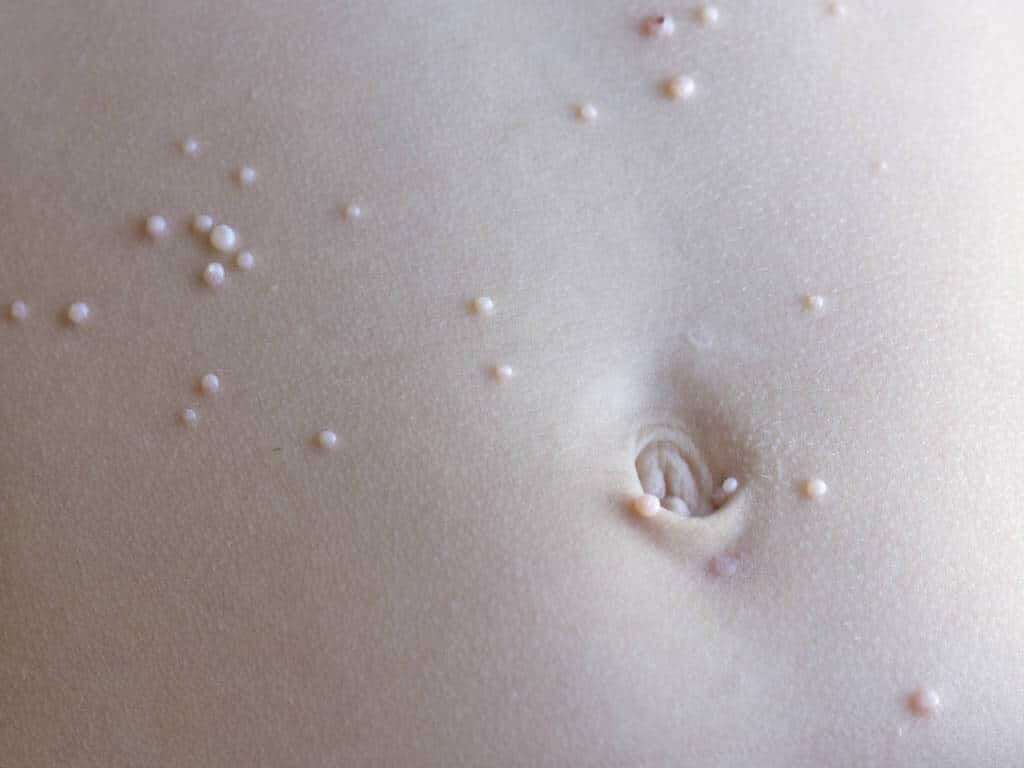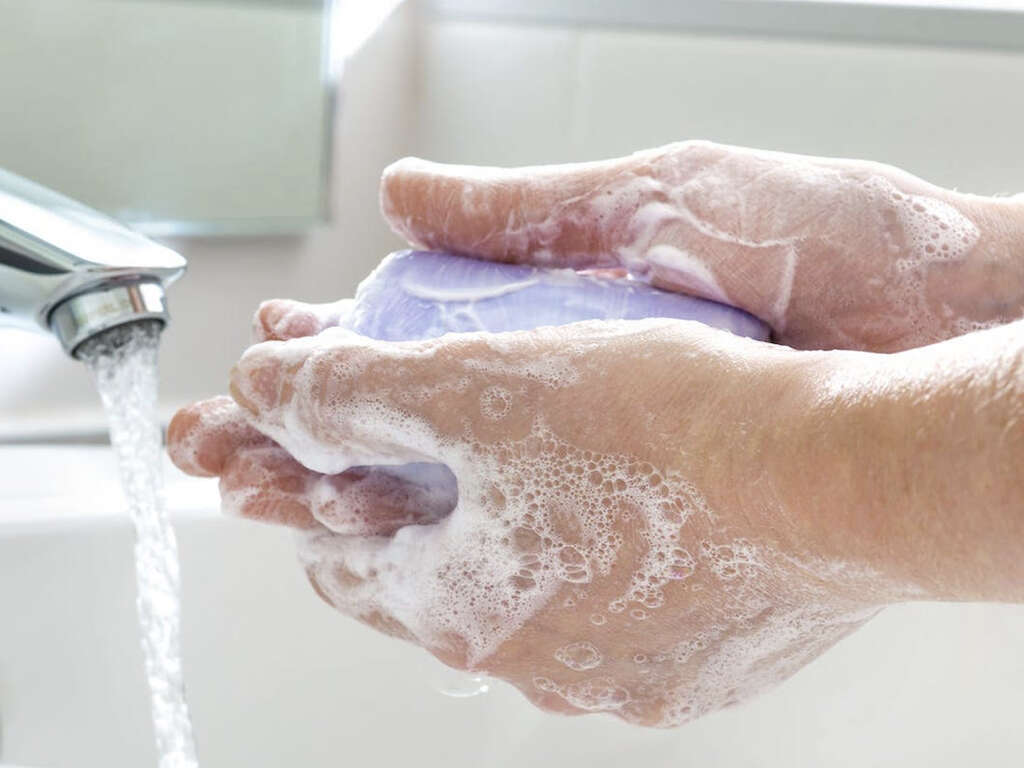10 Molluscum Contagiosum Symptoms
Molluscum contagiosum is a unique and very interesting skin condition that is caused from a virus. As you would expect from the name of the condition, it is highly contagious and can be easily spread from person to person. It’s commonly passed on by sharing towels and clothing and people who engage in sports such as wrestling or acrobatics can contract the disease from coming into contact with an infected mat. It can also be passed on through simple skin-to-skin contact such as shaking hands or hugging.
One of the main and most defining symptoms of molluscum is the emergence of fleshy bumps on the skin. These can appear anywhere on the body and don’t always occur in clusters, although many patients have reported experiencing a number of bumps in a specific area, such as on the leg. The majority of patients report getting somewhere between ten and twenty bumps on their skin. These bumps tend to arise fairly quickly, and can constitute the entire duration of the disease. If the patient has a compromised immune system, however, they are much more likely to experience a higher number of bumps. For example, a patient with AIDS who also contracts molluscum may develop more than a hundred bumps.
The disease does not usually become contagious until the bumps actually emerge on the skin. At this point, it is highly advised to avoid skin-to-skin contact or sharing clothes. This phase usually occurs about 7 weeks after contracting the virus; some people do not experience the emergence of bumps for many months after coming into contact with an infected person. If you are wondering whether you or a loved one are struggling with molluscum contagiosum, then it could be useful to read this list of symptoms. Many of these symptoms are simply different types of bumps that people will experience when they develop the condition.
Symptom #1: Small, Dome-Shaped Bumps
When the bumps associated with molluscum are forming, they are often quite small and firm.
They appear shaped like a dome and can remain this way for several days before they begin to progress into more serious bumps. During this stage, they are not always uncomfortable and are usually not itchy.
Symptom #2: Fleshy or Pink Bumps
Many patients notice that the bumps that they develop are quite similar in color to their skin. This means that Caucasians will experience pinkish bumps and darker-skinned people will often experience darker bumps.
These bumps can remain in this color for a few days but they can change if they are scratched, popped, or otherwise tampered with.
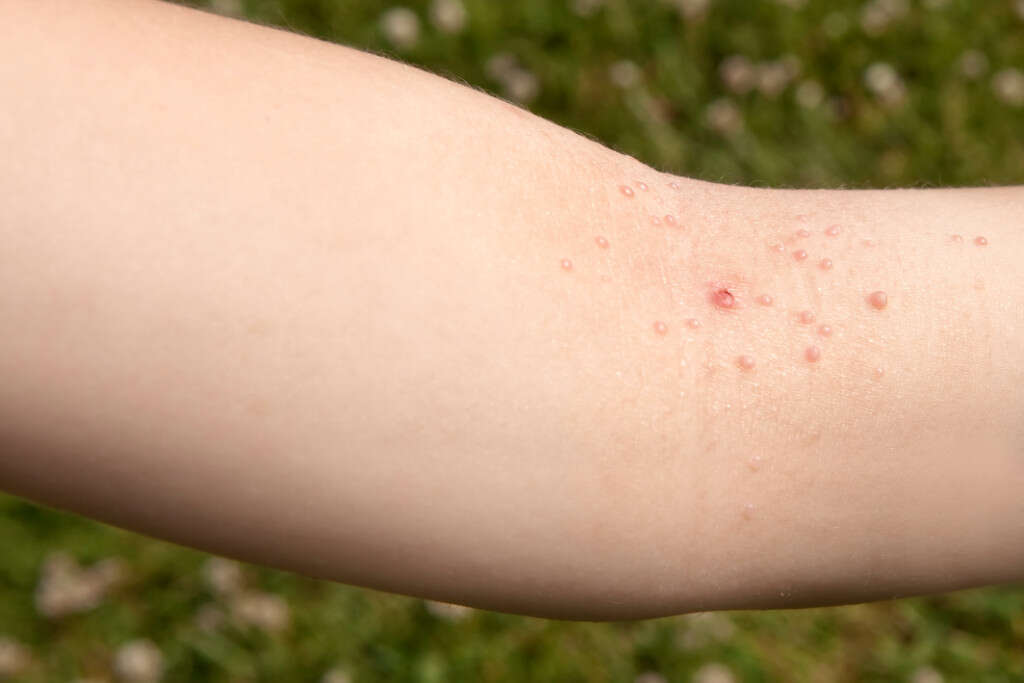
Symptom #3: Dimpled Bumps
Many patients report that, after struggling with molluscum for some time, their bumps begin to develop a dimple in the center. This usually only occurs after the bumps have been present for some time and have already progressed through their initial phase of being small, firm, and dome-shaped.
After developing the dimple, they usually remain the same color—color changes don’t tend to occur until later in the illness.
Symptom #4: Itchiness
Another thing that people with molluscum may notice is that their bumps tend to become itchy. This usually doesn’t become an issue until after they have had their bumps for several days because, at first, they tend not to feel like much at all.
Just like any other condition that causes itchiness, it’s important not to scratch at your bumps too much. Doing so can aggravate them, and scratching them too hard can actually rupture them. This can lead to an exposed wound which puts the patient at further risk for developing other infections, which can hinder the healing of the molluscum.

Symptom #5: Cheesy or Waxy Substance in Bumps
During the later stages of the illness, patients may notice that they are developing a cheesy or waxy substance in their bumps. This substance tends to gather or collect in the little dimples that are present in the bumps after they have been present for several days.
Many patients may be inclined to squeeze or pop their bumps to eliminate the cheesy substance. Doing this can lead to them becoming open wounds, which can make a patient more prone to developing other infections.
Symptom #6: Spreading Bumps by Scratching
The reason that we recommend not scratching or picking at your bumps is not only because this can aggravate the bumps themselves, but because this can help to spread the disease. One thing that many patients have noticed is that, after excessively picking or scratching, they begin to develop bumps on other parts of their bodies.
This is because the disease can be easily transferred to other areas of the body, especially if the bumps are scratched to the point of rupturing. This can make the condition more apparent and will cause it to take much more time to heal.

Symptom #7: Painless Bumps
While many patients report that their bumps can become quite itchy, they are not usually painful.
Unless a patient scratches or itches their bumps to the point that they become open wounds and develop further infections, they may be itchy but they won’t usually be painful.
Symptom #8: Bumps Changing Color
One of the more common things that patients notice is that their bumps change color as the disease progresses.
Most people report that the bumps become a red color. This is usually a sign that the patient’s immune system is working to fight off the disease. This is a good sign and usually suggests that the bumps will begin to disappear soon.
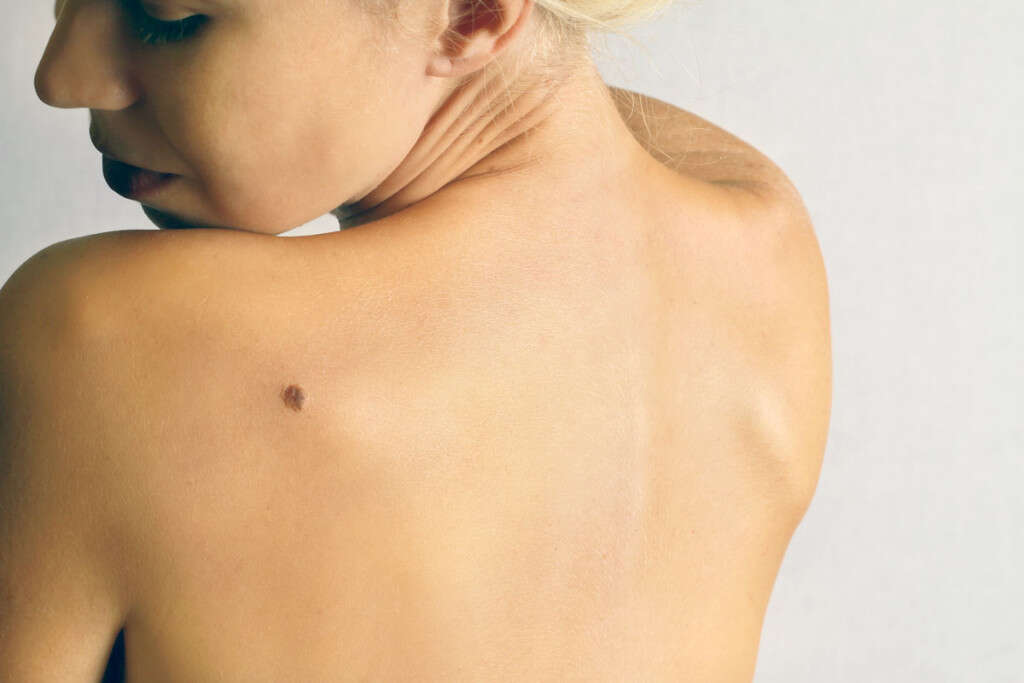
Symptom #9: Waxy Bumps
Many people report that the skin where the bumps emerge becomes waxy.
This can be similar to an area that has developed scar tissue where a wound once was. The area is often very smooth.
Symptom #10: Pearly or Smooth Skin
Another thing that people may notice after they have developed bumps is that the skin in the area becomes pearly and smooth. It may be more reflective than skin in other areas.
Long after the bumps are gone, the skin may remain in this pearly or smooth state. This is similar to what happens when someone develops a scar after an injury.



